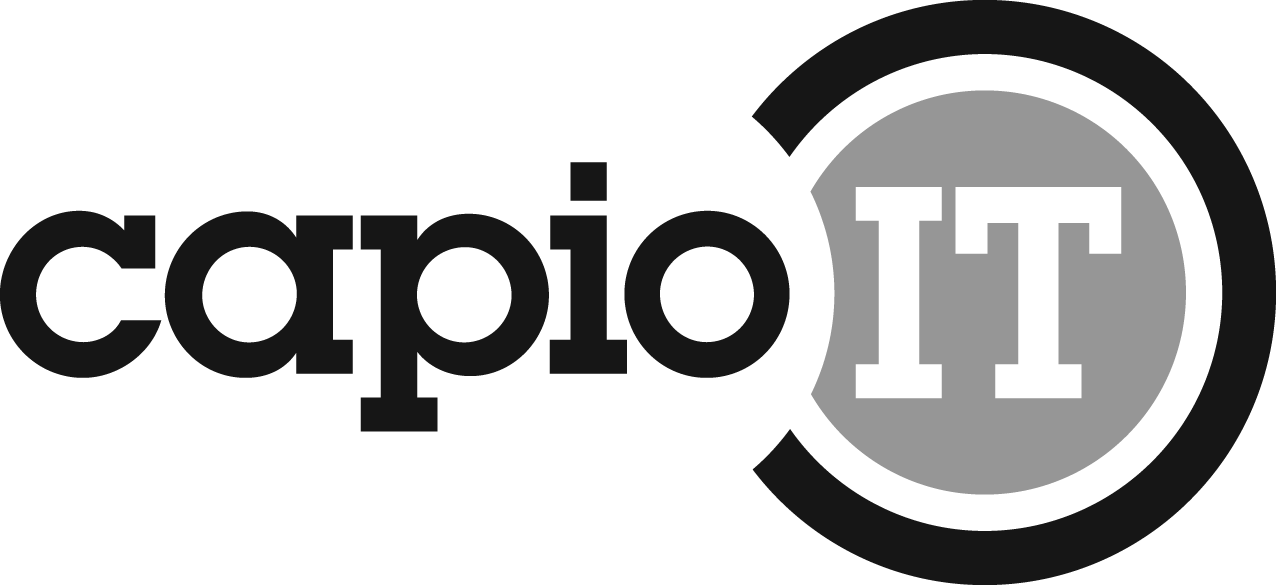Recent and ongoing discussions with industry stakeholders confirm to capioIT that the increasing complexity of technology procurement and decision-making is reaching a boiling point. capioIT estimates that major technology investment decisions now require an average of six to seven individual decision makers to agree to confirm a decision. This creates both a bottleneck to slow the decision process and quality, as well as difficulties in managing different business requirements and perspectives from the technology procurement.
The number of executives required to make a decision, let alone influence one, has increased steadily in recent years. Most will recall a “simpler” time when the number of decision makers, was two or three, and in some cases just the one. The shift to more decision makers is not all bad. Of course, a single decision maker is not the perfect outcome for many reasons, from an understanding of the depth of business, technology and outcome knowledge through to corruption risk. This is why government agencies and large enterprises avoided the single point of decision, not just for procurement requirements, but amongst other business processes such as recruitment.
It is important to accept that this increase in decision maker requirements is a natural outcome of technology increasingly embedded in a greater breadth and depth of business processes, and as a result decision makers. Business processes such as HR and Marketing now have a material interest in the investment and outcomes of technology for their functions. This is of course what an informed and integrated technology solution requires, but the increased complexity can have the downside of making agreed and unanimous decisions impossible.
Examples span the technology budget. Payroll was once a relatively simple, albeit critical business function, (for the average employee, it is often the most critical, we all prefer to be paid painlessly). In 2016, the decision is increasingly complex. The IT department, Legal, HR and finance are all critical inputs to the decision. In some cases, employee scheduling is a separate function with requirements, as is the compliance department. These multiple stakeholder requirements lead to clashes over contingencies, outcomes and vendor selection.
It leads to delayed decision making, and while the need for compromise is a positive to maximise results, it cannot be at the expense of concrete decision-making. Time to decision creates a vicious circle. The lack of a unanimous decision can have a negative impact, especially where implementation may go wrong, and the finger pointing begins.
It also makes the vendor’s life more difficult. Not everyone will have a problem with this, but it will add to the cost of sale and potentially the margin of the business. Identifying the stakeholders and decision makers becomes more difficult.
The worst thing to be for a client of a technology vendor is a loss-making contract. That is when short cuts are made and investment is limited.
Focus Point
The good news. Technology is embedded in more businesses, and as a result, more stakeholders are engaged. The downside. Decisions slow down due to the increased complication. Organisations need to decide the difference between which resources are involved in influencing a decision and which resources are actual decision makers, and “check signers”.

Leave a comment